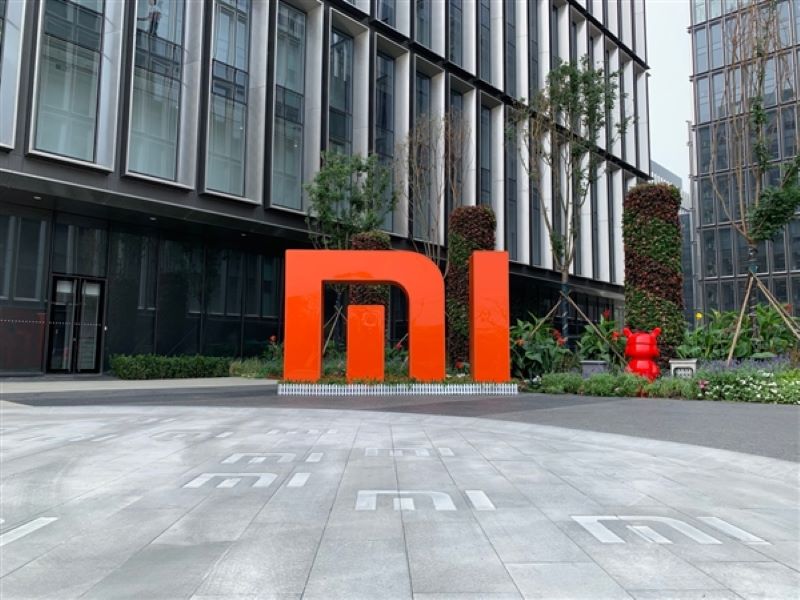Recently, industry rumors have sparked widespread interest in Xiaomi’s bold investments in artificial intelligence (AI). According to the latest reports, Xiaomi began building its own GPU cluster in 2023, with a plan to scale up to a million GPUs, and by the time the company’s large model team was established, it already had access to 6,500 GPU acceleration cards. This ambitious AI hardware initiative is being personally led by Xiaomi’s founder Lei Jun, who has made it clear that the company will play a critical role in the AI hardware space, with smartphones as the key entry point.
Xiaomi’s Comprehensive AI Strategy
In April 2023, Xiaomi officially set up its AI Lab large model team, appointing Luan Jian as the head of the team, reporting directly to Wang Bin, Vice Chairman of Xiaomi’s Technology Committee and Director of the AI Lab. This move marked Xiaomi’s deeper dive into AI and large-scale model development, signaling the company’s long-term commitment to integrating AI into its product ecosystem.
Lei Jun has previously expressed, “Xiaomi has been working on AI for many years through its AI Lab, Xiao Ai, autonomous driving, and other teams. Our capabilities in this space are strong, and we are fully committed to embracing large models and generative AI.” This commitment reflects Xiaomi’s belief that AI and large models are not just a technological pursuit, but a key part of the company’s broader strategy in smart hardware, the Internet of Things (IoT), and future automotive ecosystems.
In May 2023, Xiaomi announced that its large language model, MiLM, had officially passed large model registration and would be integrated into Xiaomi’s various products, including smartphones, smart homes, and the Xiaomi Car. Through an edge-cloud combination, Xiaomi aims to enable seamless collaboration between devices across different scenarios, empowering its “People, Cars, and Homes” ecosystem strategy.
Xiaomi’s Deep Integration with the Semiconductor Industry
Beyond software, Xiaomi is also heavily investing in semiconductor technology, particularly through its Hubei Xiaomi Changjiang Industrial Fund. The company has developed a deep partnership with SIPG (Chipone), one of the largest domestic semiconductor IP and custom chip companies in China, where Xiaomi holds a 6.25% stake. SIPG’s NPU (Neural Processing Unit) and GPU (Graphics Processing Unit) IP are central to Xiaomi’s AI hardware ambitions.
SIPG’s NPU and GPU IP have already been integrated into over 100 million AI chips and nearly 2 billion GPU-equipped chips globally. These chips are widely used in AI, cloud computing, and edge computing applications, providing critical hardware support for Xiaomi’s AI strategy.
As generative AI technology continues to gain momentum, SIPG has developed scalable AI solutions using its NPU IP, designed for both high-performance cloud computing and low-power edge computing. Notably, SIPG recently unveiled its new Vitality architecture GPU IP on December 19, which promises high-performance computing capabilities suitable for cloud gaming, AI PCs, discrete graphics cards, and integrated GPUs. These technological innovations are not only enhancing Xiaomi’s AI hardware capabilities but also helping to build a solid foundation for the growing generative AI ecosystem.
Xiaomi’s AI Future: From Hardware to Ecosystem
Xiaomi’s AI strategy goes beyond technological innovation to seamlessly integrate AI across its entire product portfolio. From smartphones to cars, smart home devices, and beyond, Xiaomi’s comprehensive ecosystem provides rich scenarios and use cases for its AI technologies.
In smartphones, Xiaomi plans to integrate its proprietary AI models to deliver increasingly personalized and intelligent user experiences. In the automotive sector, AI-powered technologies are set to enhance Xiaomi’s ambitions in autonomous driving, ensuring smarter and safer driving experiences. Additionally, Xiaomi’s smart home products will leverage AI to enable greater device interoperability, enhancing the overall user experience.
Moreover, Xiaomi’s investments in semiconductor companies like SIPG strengthen its hardware capabilities, giving the company a significant advantage in the future AI chip market. This end-to-end strategy, which spans both hardware and software, positions Xiaomi to lead in the ongoing AI revolution.
Conclusion: Dual-Drive Innovation in AI Large Models and Chip Development
Xiaomi’s aggressive push into AI large models represents more than just a technological ambition—it is a crucial component of its broader strategic vision for smart hardware and ecosystem development. By combining its AI Lab with its investments in chip technology, Xiaomi is not only expanding its technological boundaries but also building a more intelligent and interconnected product ecosystem.
With the rapid development of generative AI, large models, and AI hardware, Xiaomi is positioning itself to lead the next technological revolution. From smartphones to automobiles, smart homes to AI chips, its cross-sector innovations will give the company a competitive edge and solidify its position as a global leader in the tech space in the years to come.












